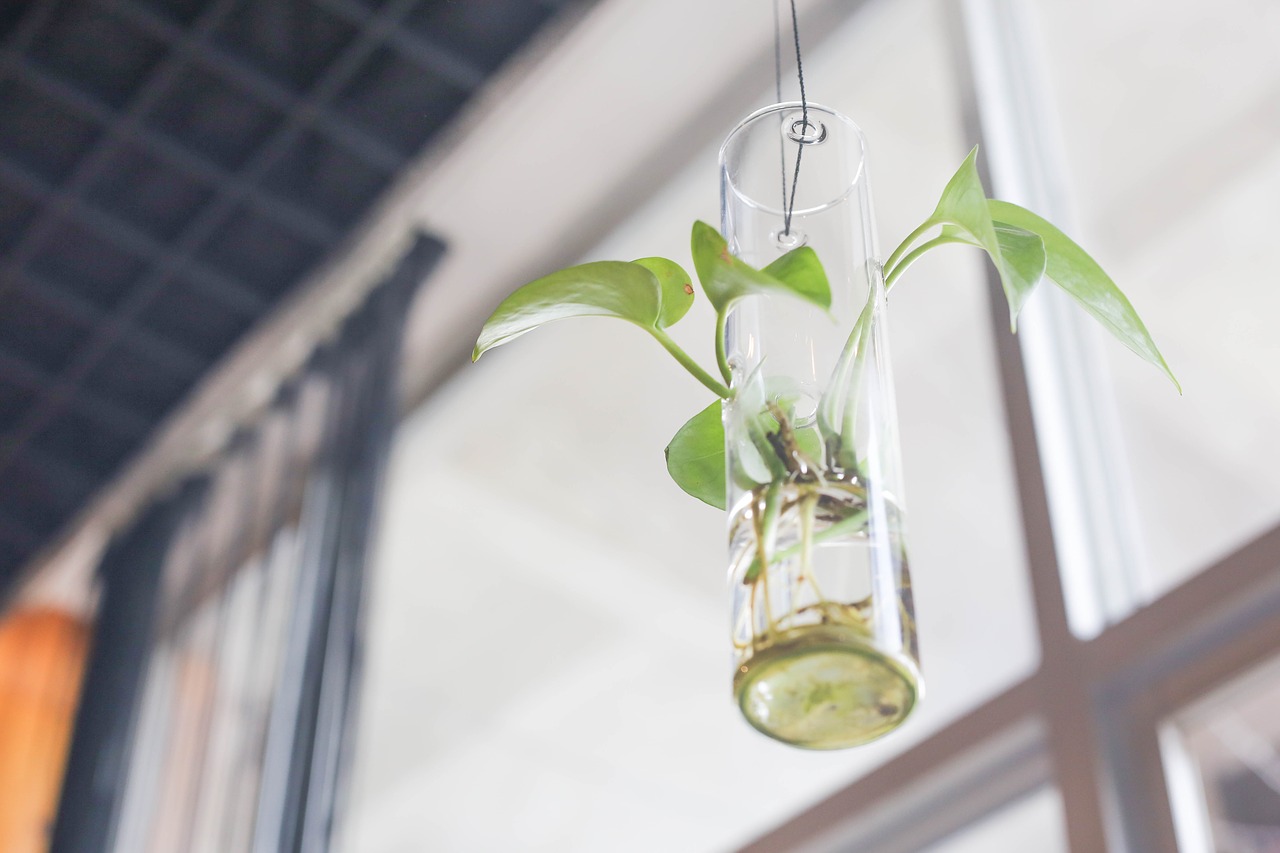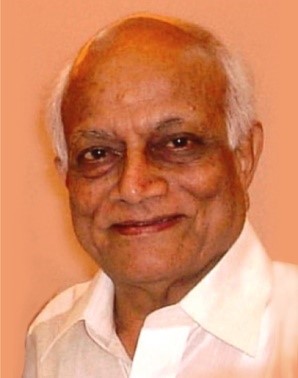
H Y Mohan Ram – Doyen of Indian Botany and Science Evangelist
- News
- 2.5K
Professor Holenarasipur Yoganarasimham Mohan Ram, fondly referred to as HYM, who passed away on June 18, was an unassuming botanist and an extremely thoughtful, hardworking teacher fascinated by nature.

Prof HY Mohan Ram
His scientific contributions in botany have been profound with over 200 research papers besides several books he edited and a large number of Ph.D. students whom he guided. HYM was the recipient of the J C Bose Award (1979), the Om Prakash Bhasin Award (1986) and the Sergei Nawashin Medal, USSR (1990).
An authority on tissue culture, HYM researched on a wide range of subjects such as endosperm and its growth and culture, modification of flower sex expression in plants using plant growth regulators, physiology of inflorescences of lupine, gladiolus, chrysanthemum, calendula, marigold and flowers of carnation etc. Notable among his works are tissue culture and its application in some of the economically important species such as banana, legumes, and bamboo. Today banana plants are being cloned through plant tissue culture and this is one of the most successful scientific achievements from India. He, with his students, had discovered and described a number of intriguing biological mechanisms in plants.
He was born in Karnataka, on September 24, 1930, to illustrious parents and had both advantage and disadvantage of growing up with several siblings including his elder brother, eminent journalist H Y Sharada Prasad who was also press advisor to Prime Minister Indira Gandhi. His mother, H Y Saraswati, was brought up in an ambiance where leaders of social reform and freedom movement were constantly visiting. His father had joined the Mysore Education Service and served as the Principal Maharaja’s Sanskrit College in Mysuru and Bengaluru.
A firm believer in science communication and an ardent popularizer of science, he began taking interest in science communication from his college days in Mysore where he did his BSc at the St. Philomena’s College. The college had a lot of wild plants in its campus where HYM spent most of his time, treading through each of these trees and plants, with unending curiosity.
As the Secretary of the Natural Science Society of the College, he once sent out an invitation letter Sir C V Raman to deliver a lecture to students. He wrote, “we have started a science club, would you please come and give us an inaugural lecture?” Sir Raman, who too was a firm believer in connecting with the students, replied, “yes, provided you give me petrol to come from Bangalore and go back”. When requested to provide a title of his talk, Raman wrote, “I will decide it on the platform.” On the eventful day of the talk, HYM had kept a beautiful seashell on the table. Raman picked it up and said, “I will speak on the symmetry in nature, left-handedness, and right-handedness in shells and even in molecules of biological importance.”
HYM learned a great lesson from Raman as to how science could be communicated to students in a popular way so that students could be drawn to the beauty of scientific research. Raman at the end of his lecture told HYM “I must take a promise from you. When you become a scientist or a teacher you must readily agree, if you are invited, to speak to children or students. Will you give me that promise?” HYM said yes and kept the promise for the rest of his life. He was a great patron and ambassador of science museums and served as the member of the Governing Body of the National Council of Science Museums and as the Chairman of the Executive Committee of National Science Centre, Delhi for several years.
HYM moved out of Mysore for his postgraduate studies. He got a seat in M Sc with patronage from Dr. R P Singh, principal of Balwant Rajput College in Agra, who helped him with a scholarship of Rs 50 per month with rest coming from his brother Sharada Prasad. HYM came across some of the best teachers while studying at Agra including Prof Bahadur Singh who was a former student of Prof P Maheshwari, an authority on plant embryology and also the Head of the Botany Department at the University of Delhi. It was Dr. Maheshwari who later selected HYM to serve at the Delhi University. He got the Fulbright scholarship for pursuing his Ph.D. under Prof. F C Steward, a plant physiologist at the Cornell University. It was here that HYM learned about tissue culture and went on to become one of the stalwarts in this area and its applications in India.
He was a great humanist with varied interest, beyond his first two loves – botany and his fellow researcher Manasi Ghosh whom he had married – in music, travel, photography, and cricket. (India Science Wire)
By Shivaprasad Khened
For the latest Science, Tech news and conversations, follow Research Stash on Twitter, Facebook, and subscribe to our YouTube channel


